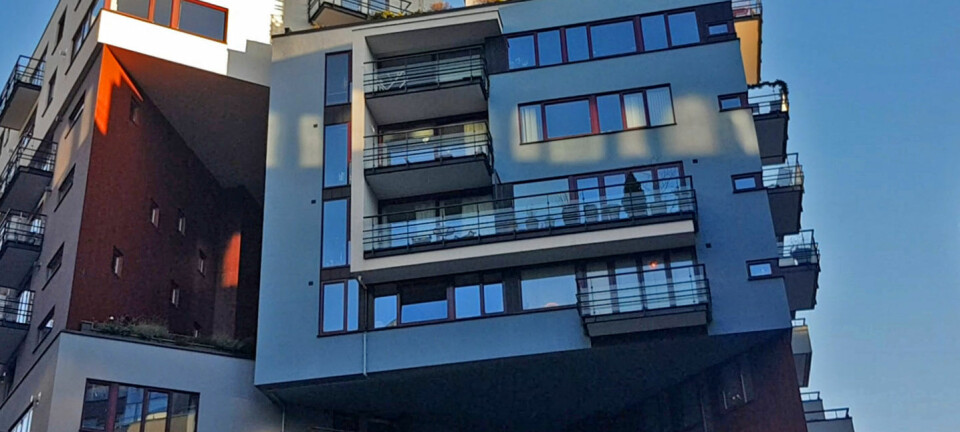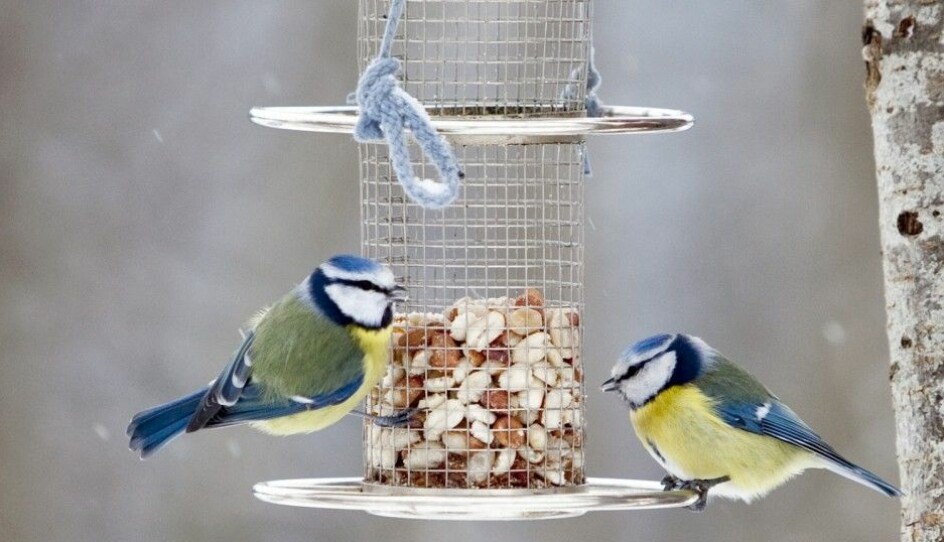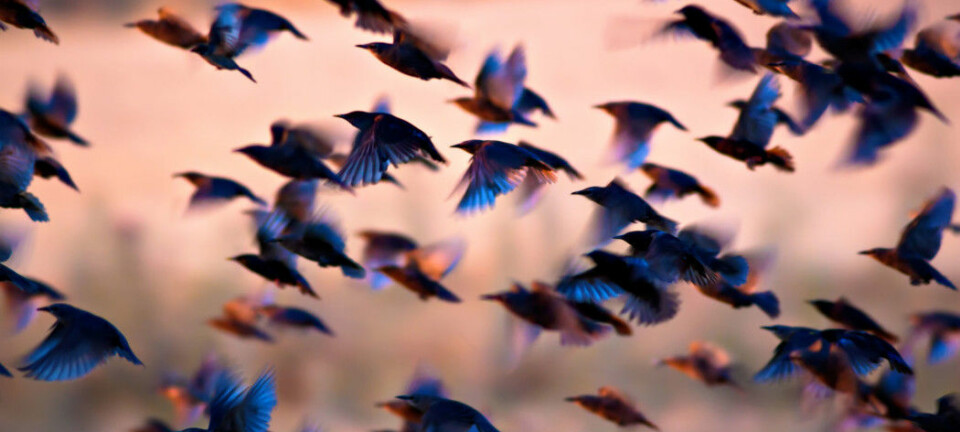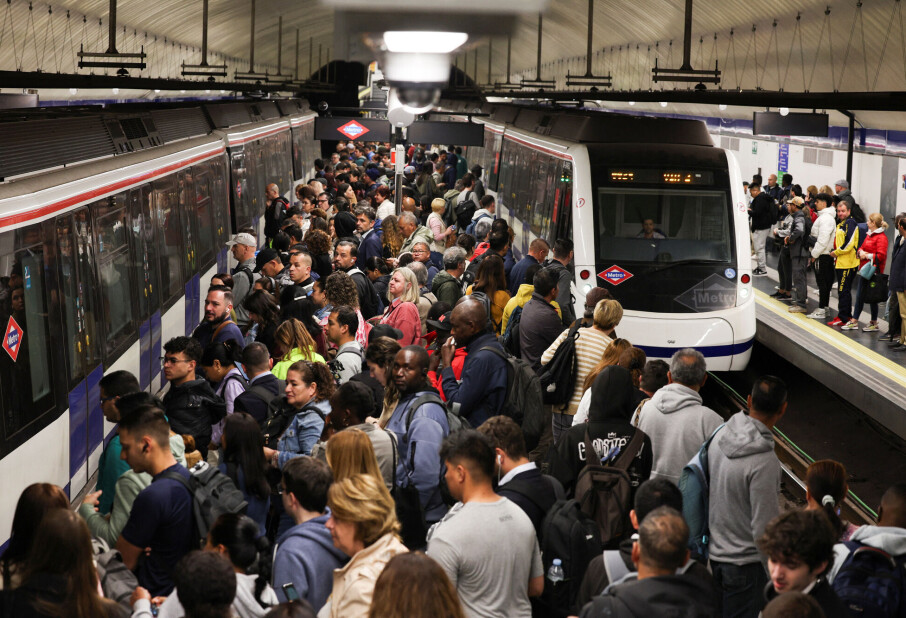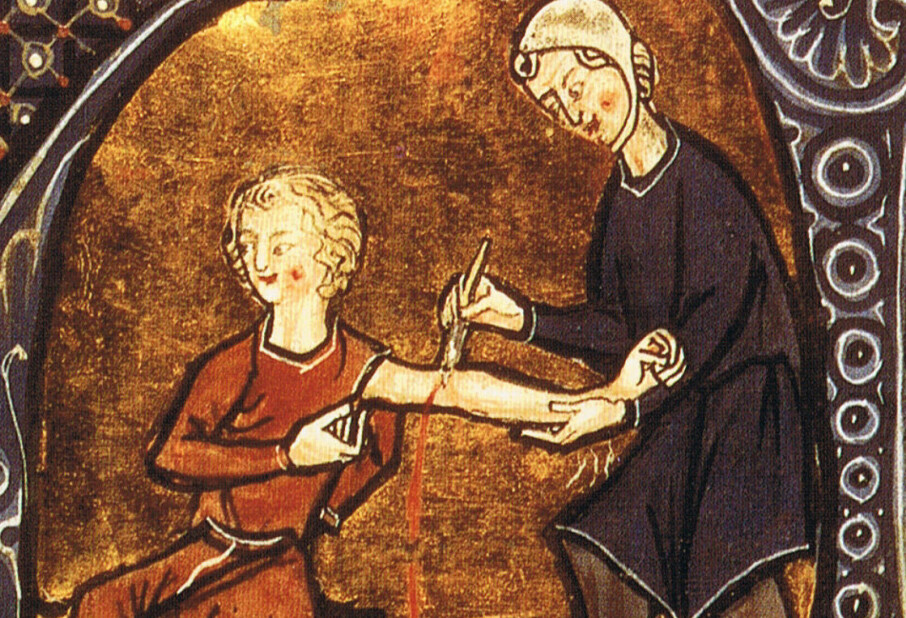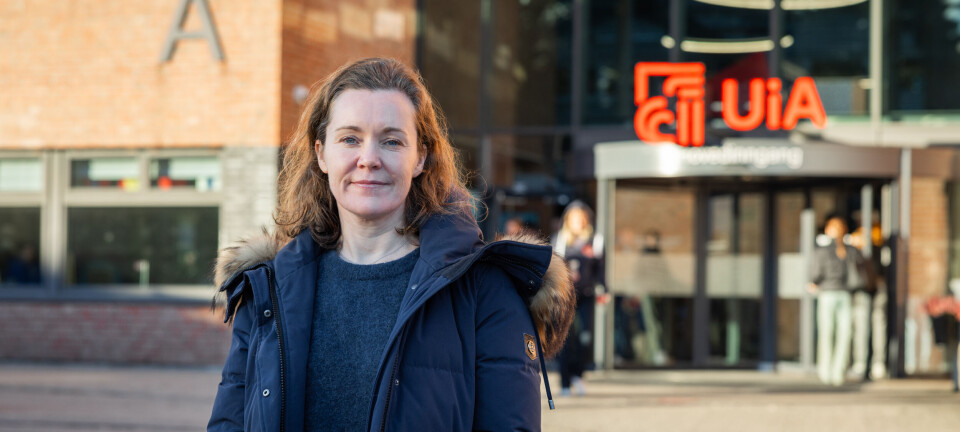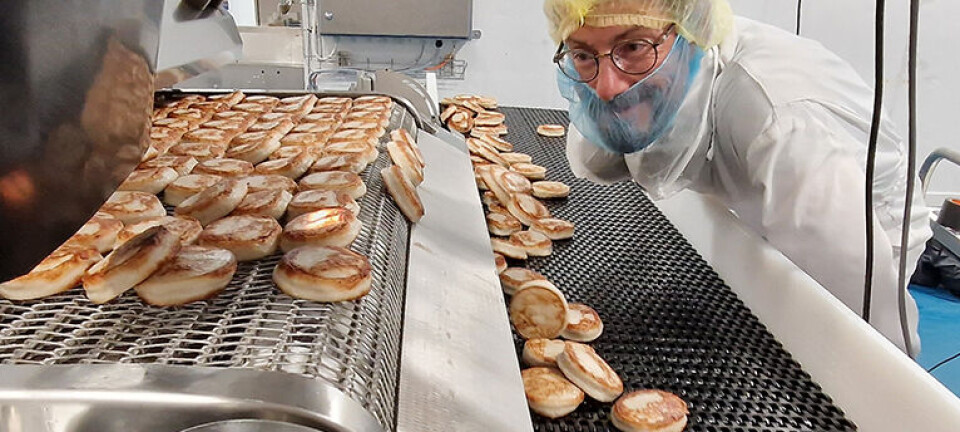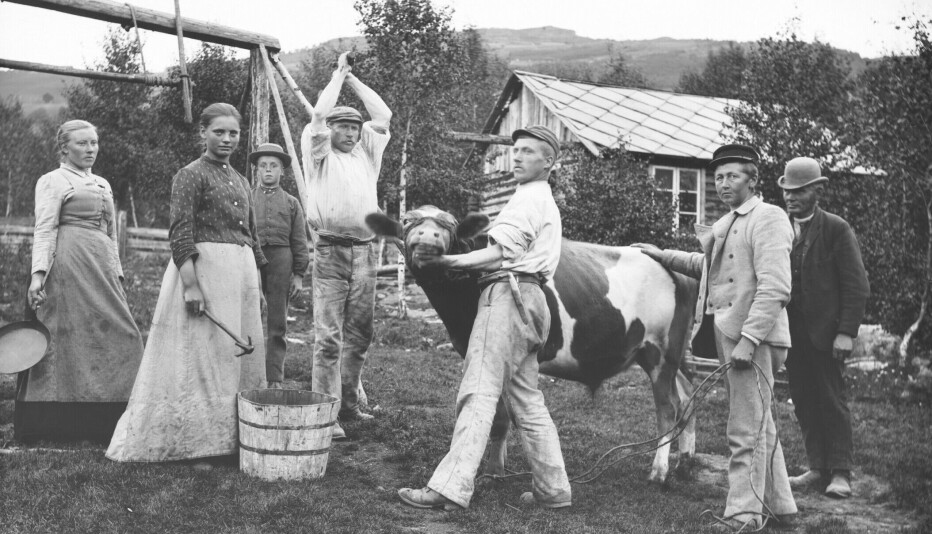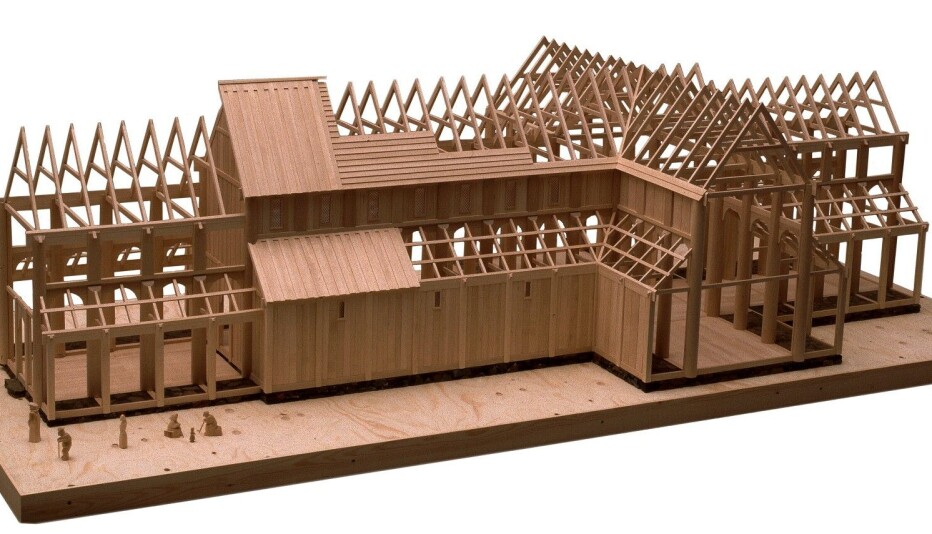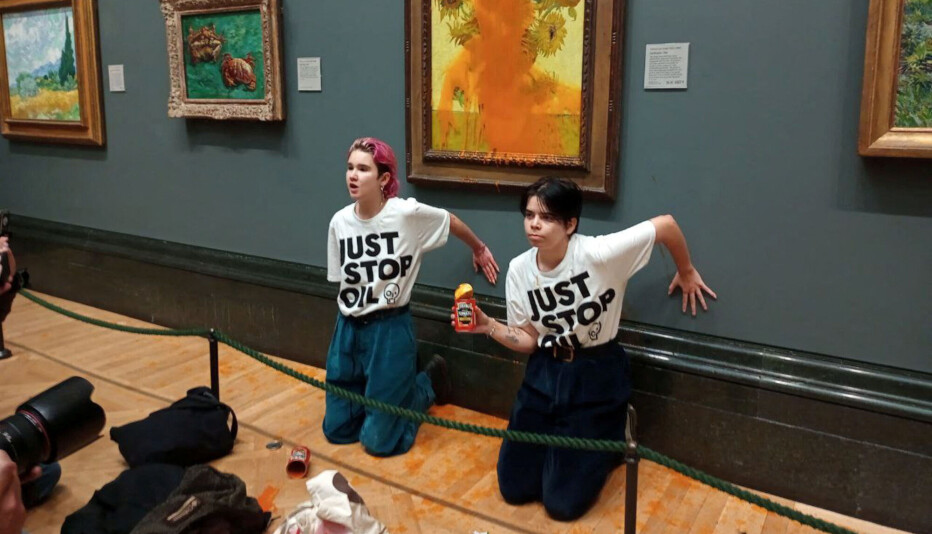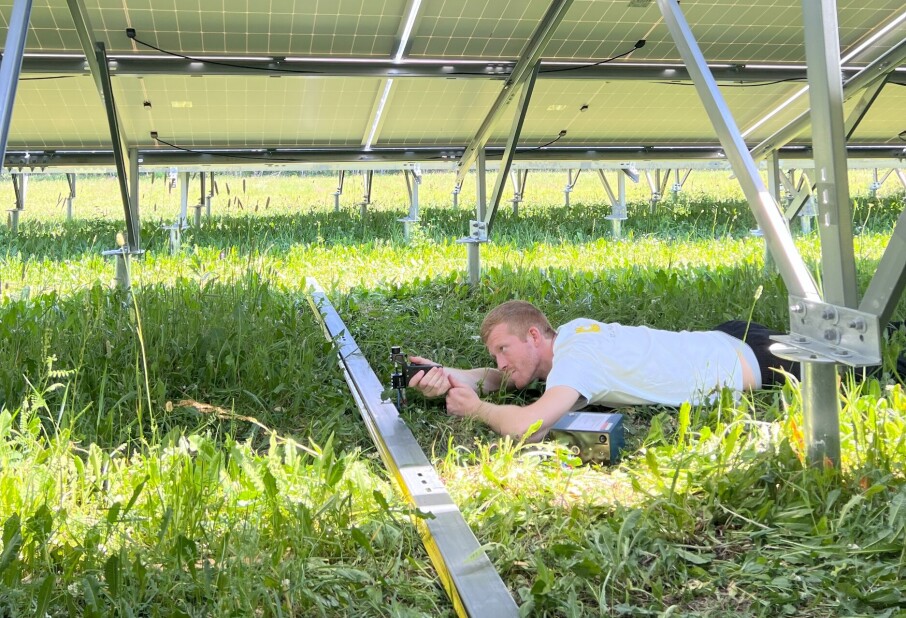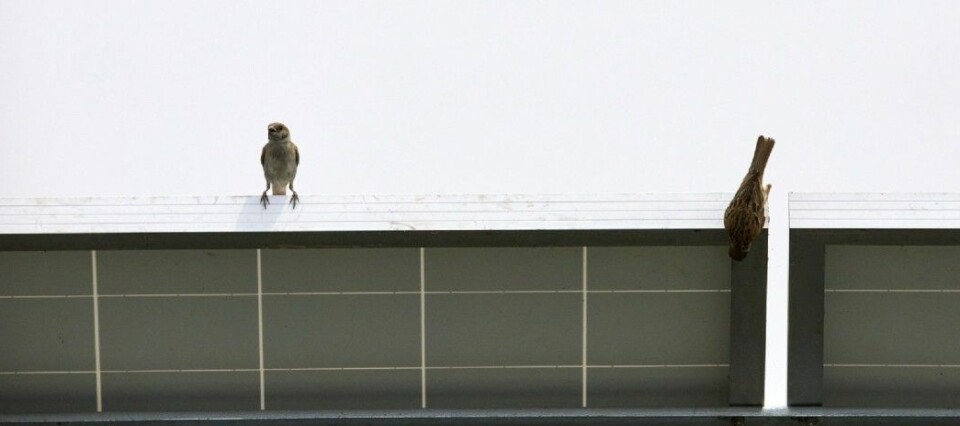
Do birds like modern architecture?
Birds need hiding places, and some like to build nests in our buildings. So how are birds dealing with all the flat roofs and clean lines in modern construction?
The world's bird species are under pressure, and the intensive use of land by humans is largely to blame.
The house sparrow, living alongside humans for thousands of years, is one of the species that has declined sharply in Europe over the last decades, according to a press release from the Swedish University of Agricultural Sciences (in Swedish).
In a new study of various locations in rural Poland, researchers discovered that birds who like to build nests in buildings, like the house sparrow, had declined where the proportion of new and renovated buildings was high.
The researchers believe that having fewer buildings with holes and cracks may be posing a challenge for birds. Their study was recently published in the Journal of Applied Ecology.
So do Norwegian birds have the same problems in the nesting market?
Professor Svein Dale, at NMBU’s Faculty of Environmental Science and Natural Resource Management, doesn’t believe so.
But if we want to share our houses with the birds in the future, we may have to add some bird-friendly features to today’s modern architecture with its clean, straight lines.
Better in the old days?
“People have debated whether we should be designing buildings so that birds can build their nests in them,” says Dale.
Dale specializes in endangered bird species and bird populations in Norway – both in cities and in nature.
Norway has had modern buildings for a while, so Dale believes the birds probably aren’t experiencing any sudden transition now.
“There might have been more birds in Norwegian houses and buildings in the old days, but we don’t know very much about that,” he says.
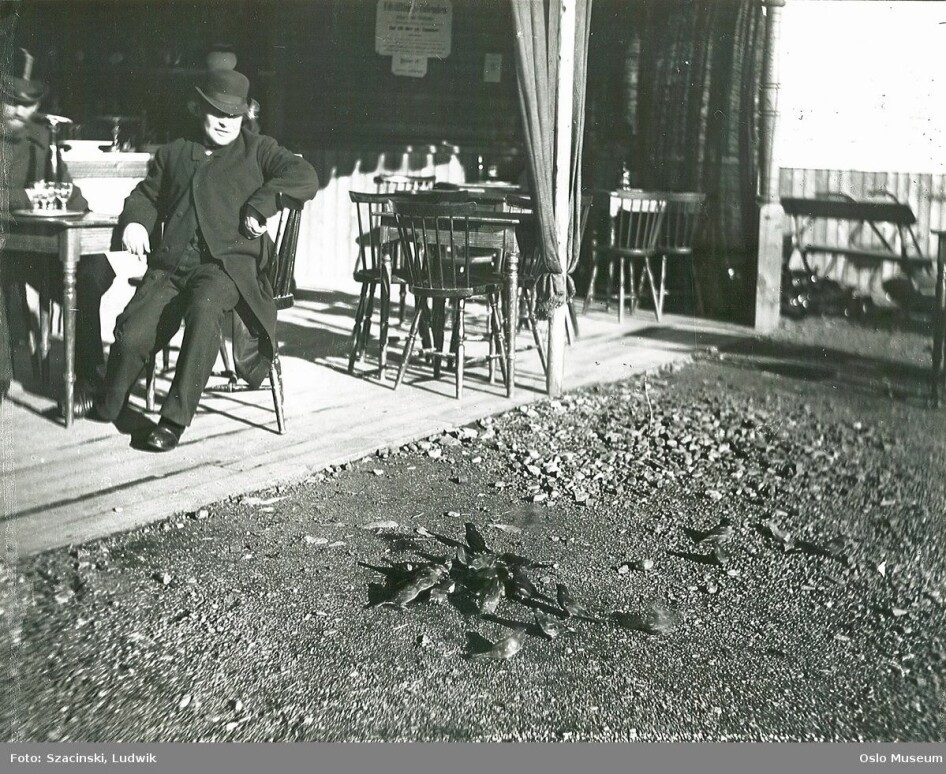
Dale thinks if we go way back in time, birds living near humans had other threats to deal with.
“A lot of birds were probably used for food, and people took eggs from their nests. That may have prevented birds from flocking to Norwegian towns in the old days,” he says.
Forest birds moving to the city
“Norwegian cities are in fact seeing some new additions to the bird communities that we didn’t have before,” says Dale.
The best documented species are the common blackbird and the common wood pigeon (not to be confused with city pigeons).
“In the old days, wood pigeons and blackbirds were exclusively forest species,” Dale says.
He thinks their appearance may mean that people in cities and towns stopped removing the eggs from nests, and it became more viable for birds to live there.
Scientists don’t know exactly how birds are doing in smaller cities and towns in Norway.
But Dale has conducted a large survey in Oslo. “We know quite a bit about which species occur there. And other Norwegian towns probably follow a similar pattern. Quite a few species can use built-up areas,” he says.
Upward trajectory for Eurasian tree sparrows
Dale investigated 90 different green areas in his Oslo survey.
“We found 60 different species of landbirds. In addition, gulls and ducks and other birds use ponds in urban areas,” he says.
“Some of the birds are pretty common species, like great tits, Eurasian blue tits, crows, European magpies and white wagtails. A few others are relatively common too, like house sparrows and tree sparrows. That’s quite a decent variety,” says Dale.
In the new Polish study, researchers distinguished between birds that build nests in trees and those that build their nests in buildings.
It was the latter – birds like the house sparrow and Eurasian tree sparrow – that appeared to be vulnerable to buildings being modernized and renovated in the countryside, according to the study.
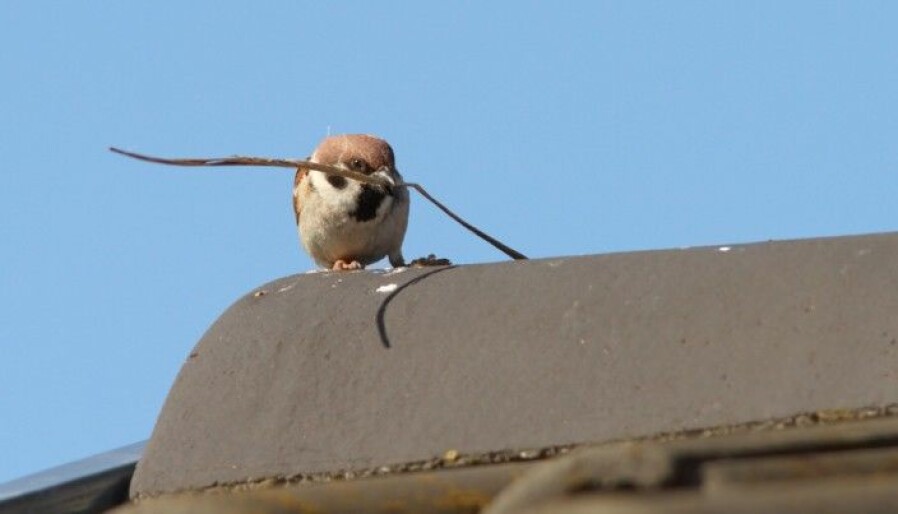
But in Norway, the number of tree sparrows seems to be on the rise recently, says Dale.
The house sparrow, on the other hand, may be on a return trip.
“The number of available nesting places may be a factor, but people often point out that there were more house sparrows in the old days because of all the horses, and that the house sparrows found a lot of food in the horse manure,” says Dale.
“Some people think house sparrows may also be competing with tree sparrows, but we don’t have many good studies on that that,” he says.
Where do the birds among us nest?
Birds who build their nests in buildings tend to find nesting spots on people’s homes, Dale believes.
“House sparrows prefer to nest in buildings, whereas tree sparrows like birdhouses. I don’t think we have that many birdhouses in the city, so both species find nesting places under roof tiles, for example,” he says.
Birds favour architectural features that provide some cover, such as integrating living nooks for birds into the design. One of the researchers working in Sweden suggests features like cavities and cracks in new and renovated houses.
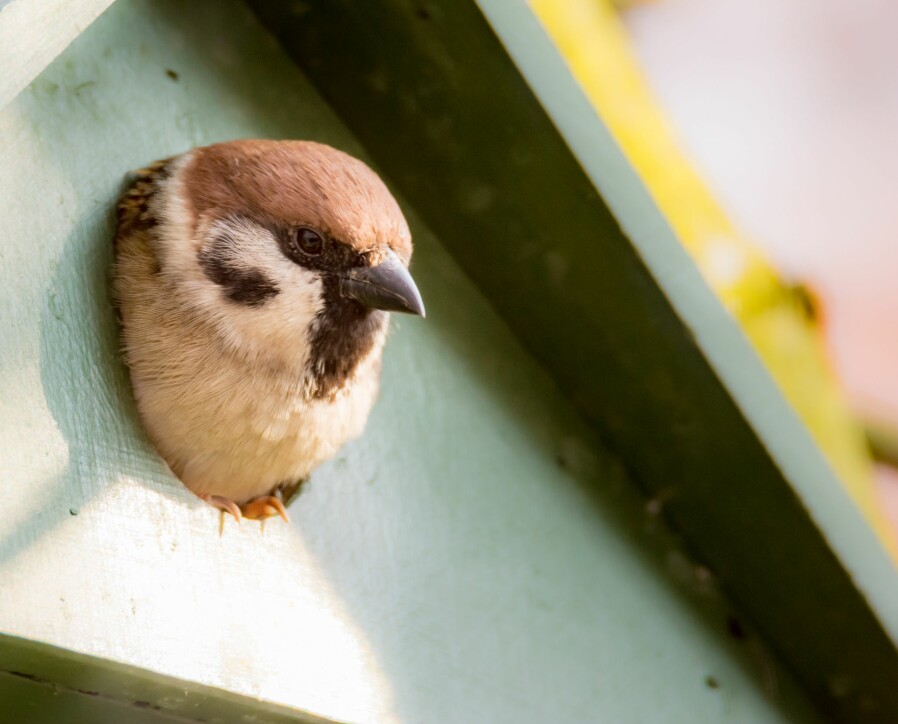
Bird-friendly architecture can also include preserving certain elements when refurbishing older buildings, such as exterior beams, say the researchers.
Dale emphasizes that he has no building skills, but he also recommends providing cavities for breeding birds.
“Roof tiles can clearly work, so avoiding too many other types of roofing could be a strategy,” he says.
Nooks and crannies under the roof
Farms have focused on barn swallows being able to fly into barns. So that's another way to help birds, according to Dale.
“You can also construct beams and design the eaves so that birds can settle underneath them, and make beams that extend out under the eaves.”
“House martins and barn swallows need nooks and crannies under the roof that they can attach their nests to,” he says.
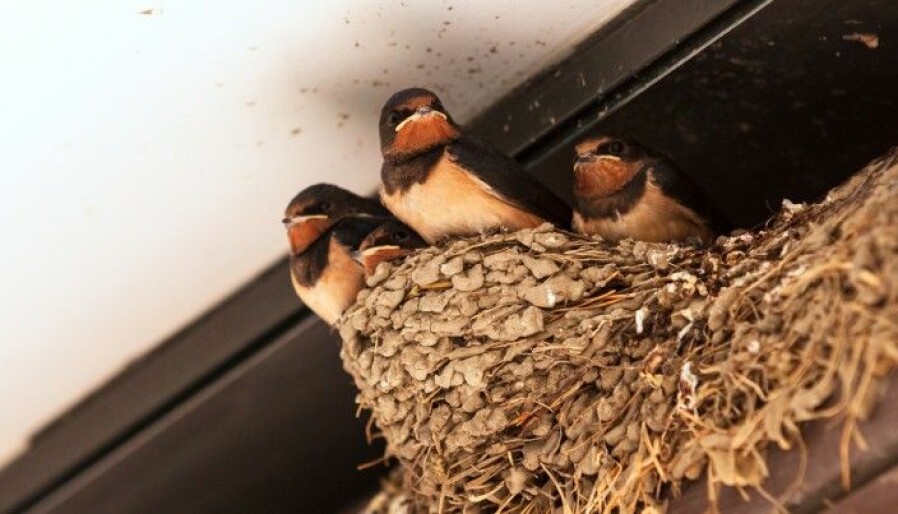
Dale thinks parks and gardens can be made even better for birds.
And happy news for all the reluctant lawn mowers out there: the key is to emulate nature as much as possible.
Give hedge trimmers and lawnmowers a rest
“In Oslo I found that wooded areas with natural vegetation harboured a much richer bird fauna,” says Dale.
Overly manicured areas are a threat to birds.
“Birds need shrubbery, bushes and trees. They’re important nesting sites. A lot of people have very sterile lawns and gardens, which aren’t that beneficial for birds. If you want to help the birds a little, you can make sure you have bushes and hedges that they can build their nests in,” says Dale.
Just like insects, birds thrive best if humans don’t trim their green spaces too much.
“The main difference between green spaces in built-up areas and those in nature is that people have ‘coifed’ their yards. But the more natural we can make things, the more it looks like nature, the better it is for both insects and birds,” Dale says.
And, he points out, if you live in minimalist architecture without roof tiles or bird-friendly features, you can at least put up some birdhouses.
Reference:
Z. M. Rosin et al: «Reduced biodiversity in modernized villages: A conflict between sustainable development goals». Journal of Applied Ecology, 22. January 2020. https://doi.org/10.1111/1365-2664.13566
———
Translated by: Ingrid P. Nuse
Read the Norwegian version of this article at forskning.no








